We started the afternoon at Banteay Srei after a rather delicious Cambodian lunch. The Banteay Srei is a 10th century temple that is about 25 kilometers north east of Angkor Thom. Although smaller and only one level high, this temple is very beautiful. It is made from red sandstone, which is harder and more suited to carvings than the sandstone used for the other temples. Moreover, it is the carvings that really make this temple special — they are spectacular and still in very good condition, even though they are over 1000 years old. The temple is also known as the Lady Temple. No one seemed sure exactly why it got this name, but one suggestion is that the carvings are so fine and could only have been done by the hand of a lady. As we walked around the temple vicinity, the tour guide enlightened us.
The Entrance: Only Shiva and Vishnu carvings have been incorporated on the entrance. The French restored this temple and the statues have been preserved in the National Museum in Phnom Penh. The entire area is paved with laterite stone.
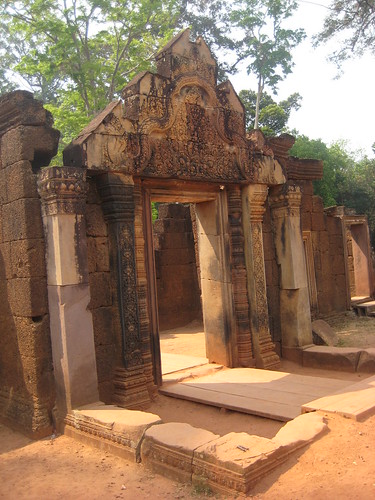
Pilgrims took rest in these rest houses before praying.
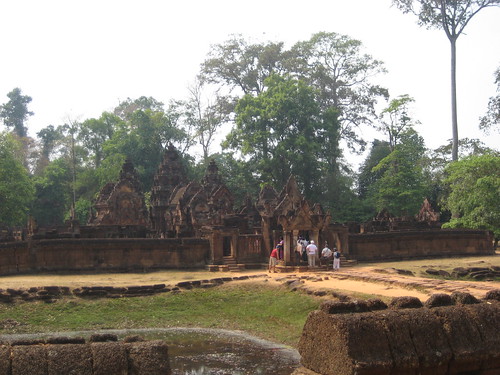
The main temple consists of three towers and is surrounded by a moat.
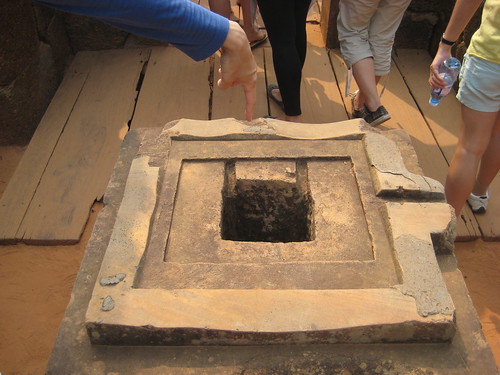
Yoni – The female sexual organ. Linga is believed to have sat in the middle of this structure.
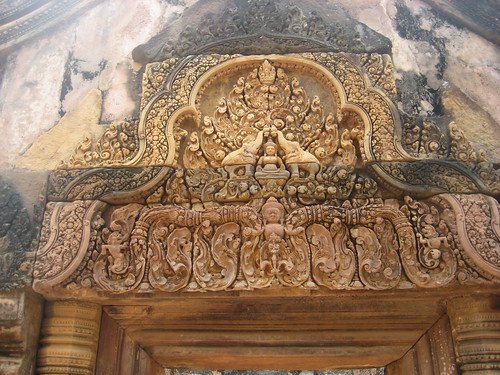
The center of the temple carving depicts the following: Laxmi is covered with milk and is being washed off by two elephants so that she is clean enough to get married to Vishnu.
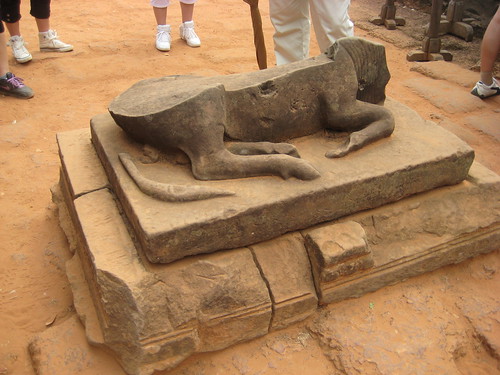
Bull Nandi (Bull of Shiva) always faces the temple.
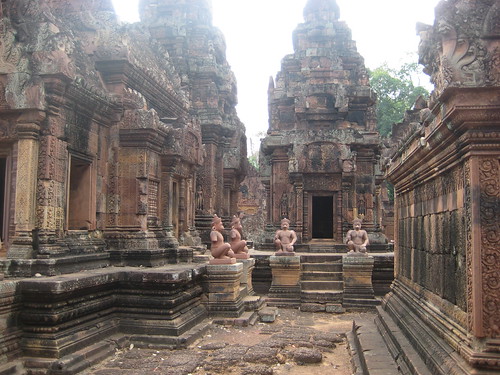
The statues are only one year old. They were remade without arms because the original statues that were excavated had broken arms.
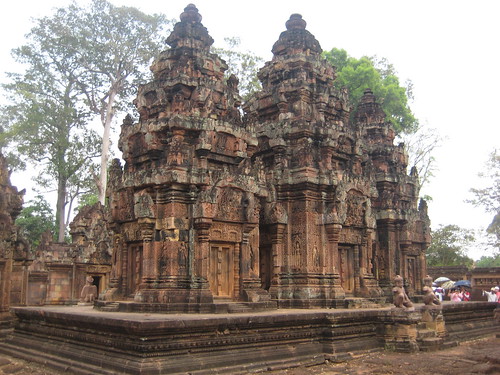
The library is always situated adjacent to the temple. As per tradition, the pilgrims always went to the temple first and then came out and entered the library.
After visiting Bantaey Srei temple, we visited the Cambodia Landmine Museum located 20 minutes drive from the town of Siem Reap.
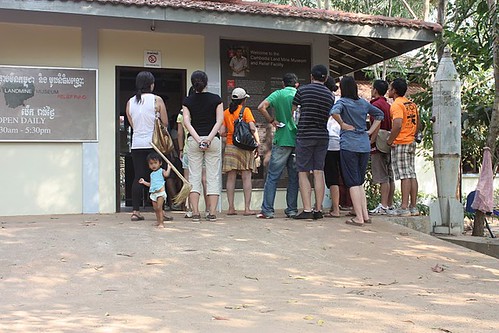
This museum was founded by Akira, local Cambodian who has been independently clearing landmines throughout Cambodia and more recently near the Thailand border for many years.
The sad history of Cambodia involves land mines. There was an article describing that there are 2 million land mines still buried in throughout the country. And the biggest problem is that no one bothered to document where they were placed. As a result, people are still being killed or injured today.
Personally, I was impressed by what Akira had contributed to Cambodia. Akira is the founder of the landmine museum. He was taken as a boy soldier at thirteen years of age to serve Pol Pot and the Khmer Rouge and later defected to serve in the Cambodian army. Part of his job for both sides was laying landmines—unmapped and strategically indiscriminate. Later on, he declared a mission “I want to make my country safe for my people” and built an organization mainly provides education and training to rural people about landmine safety, clearing mines and unexploded ordnance from various provinces in Cambodia, and training soldiers to deactivate and clear landmines.
I understand that it will take time but hopefully one day, Cambodia will become free of landmines.
Saurabh & Yosuke

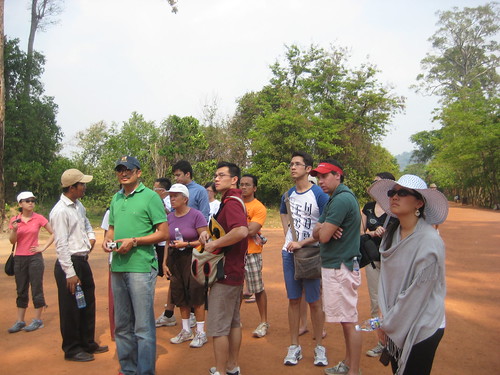
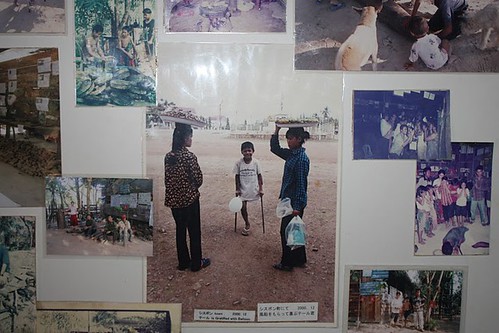

Discovering new things always gives us the opportunity to expand our horizons and feel alive. When I first tried kitesurfing with https://portugalkitesurf.com/ , I felt a real free soul and incredible adrenaline. This day became one of the brightest moments in my life, which I will always remember with great enthusiasm and joy.